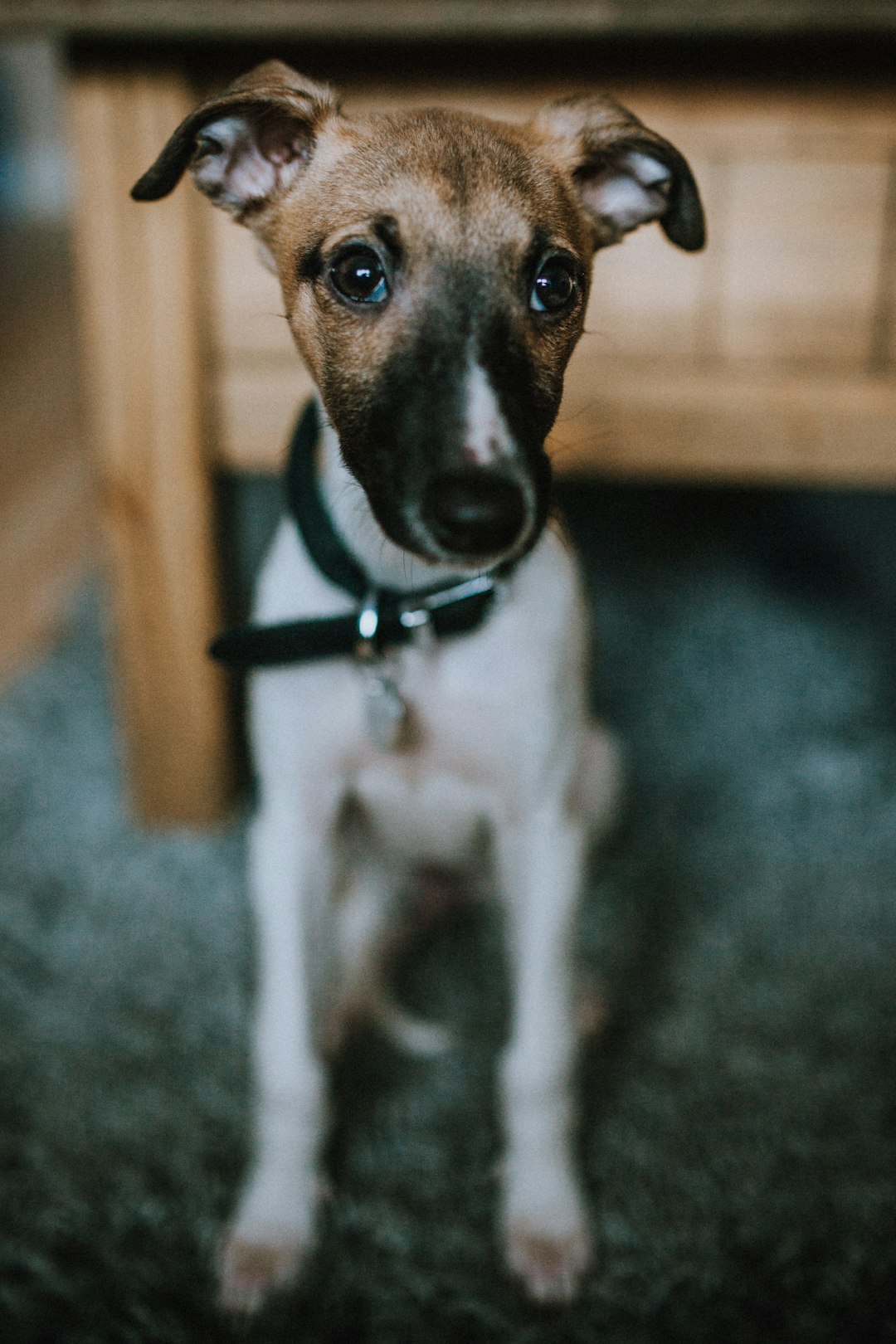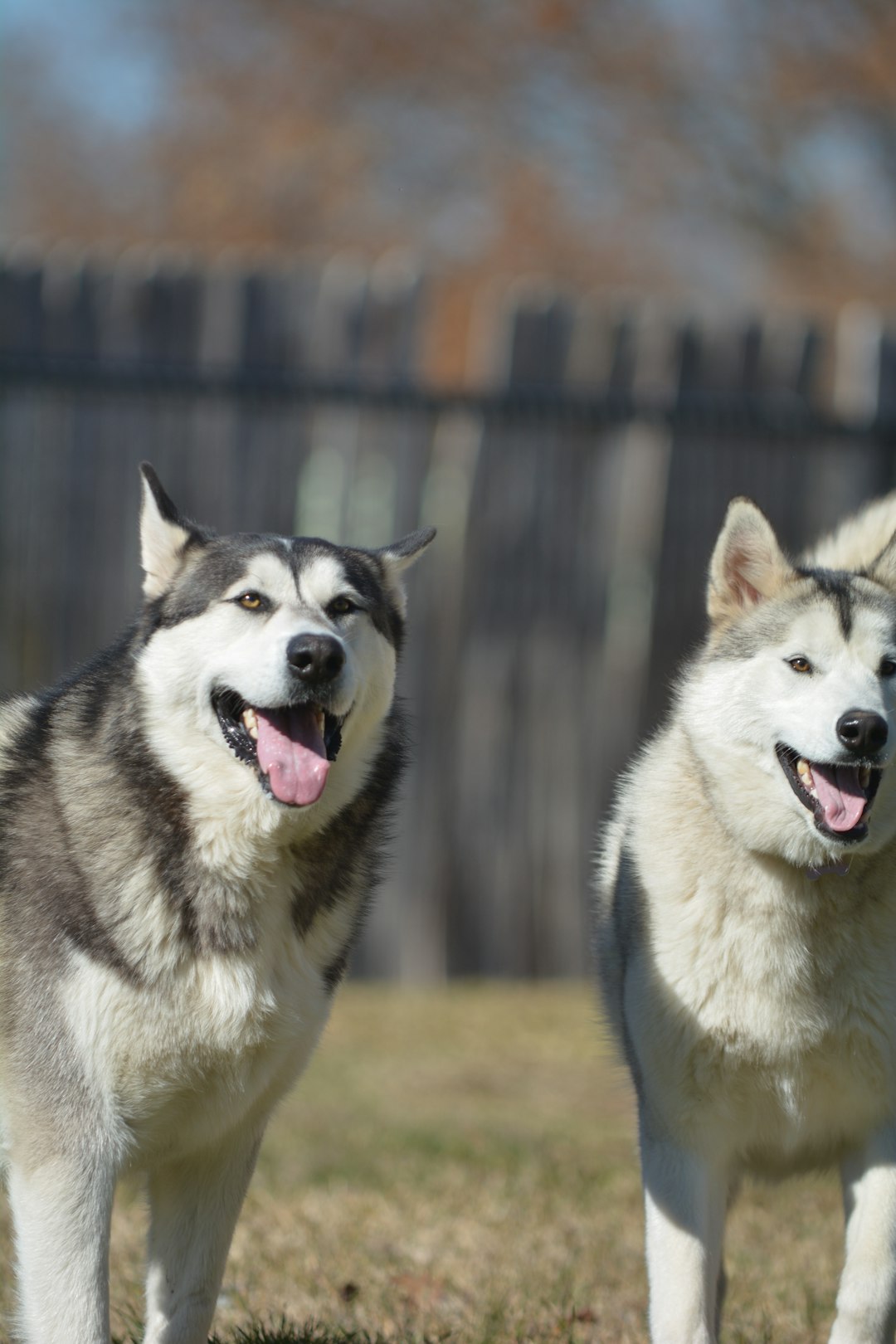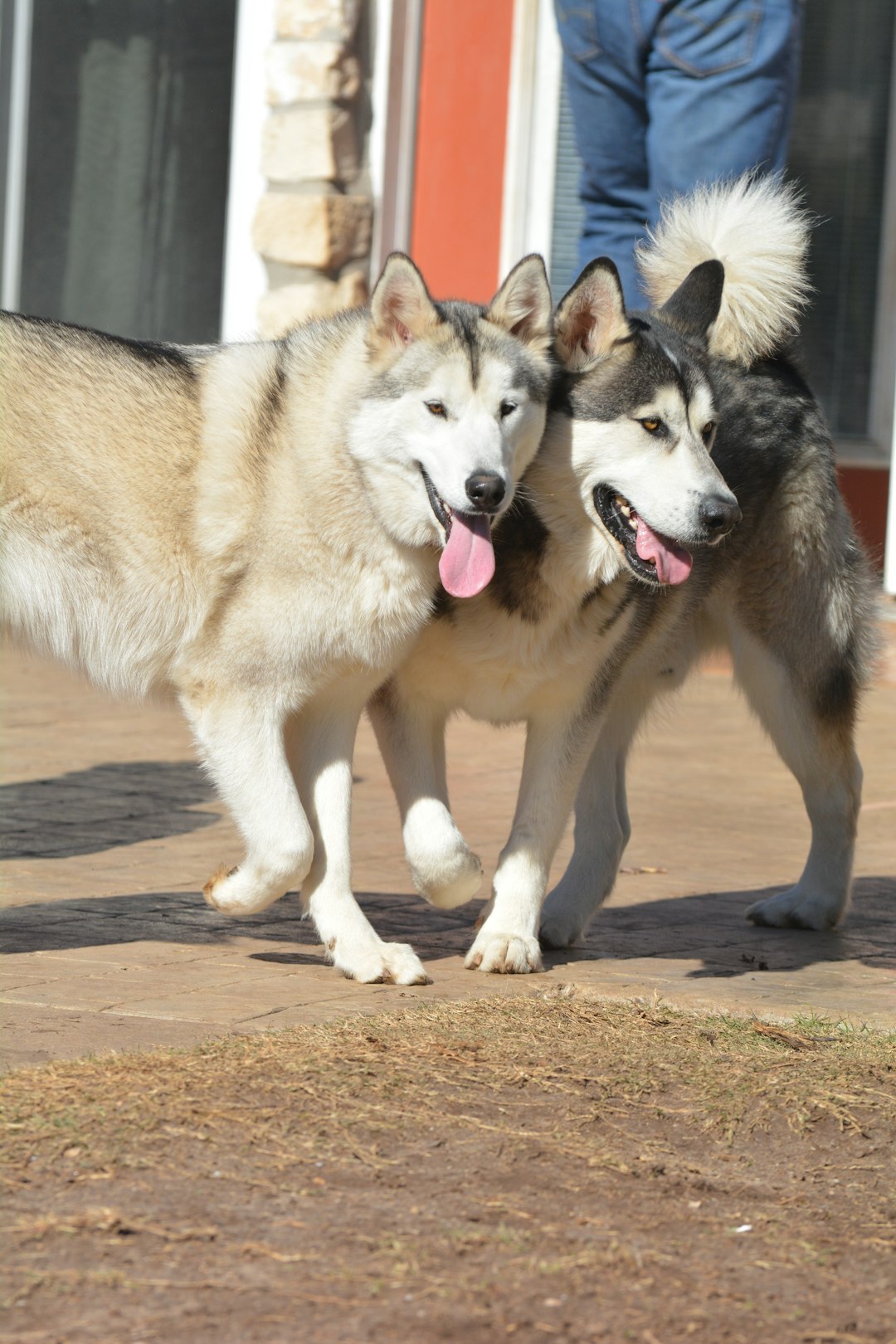Imagine a world where your dog can’t make a break for it every time the mailman arrives like some furry, four-legged avenger. Enter the magical realm of the dog fence! These paw-some barriers not only keep your pet safe and secure, but they also help prevent those awkward moments when they try to establish a new mailman-friendship. In this guide, we’ll explore everything you need to know about dog fences, from types to installation tips, ensuring both you and your pup live happily ever after—without the unexpected neighborhood romps!
Understanding the Importance of Dog Fences

Ah, the noble dog fence! It’s not just a barrier; it’s a canine VIP lounge. Here’s why your furry friend will thank you (and possibly trade you a chew toy) for investing in a dog fence:
- Safety First: Imagine your pup sprinting like they just saw a squirrel! A dog fence keeps them from making a dash into traffic or for an impromptu visit to the neighbor’s BBQ.
- Freedom to Roam: With a proper dog fence, your pet can frolic, roll, and get as dirty as they please—without the guilt of sneaking out while you’re binge-watching reality TV.
- Reduced Stress: Both you and your dog will feel more relaxed. Your pup won’t feel the need to defend their territory against every passing leaf!
- Neighborhood Harmony: Keep your dog from turning into the canine equivalent of a doorbell vigilante—barking all day at every dog, squirrel, and delivery truck.
In short, a dog fence isn’t just important; it’s essential for a happy, safe pup and a peaceful home. So, go on and unleash the magic of fencing in your backyard! 🐶✨
Types of Dog Fences Available
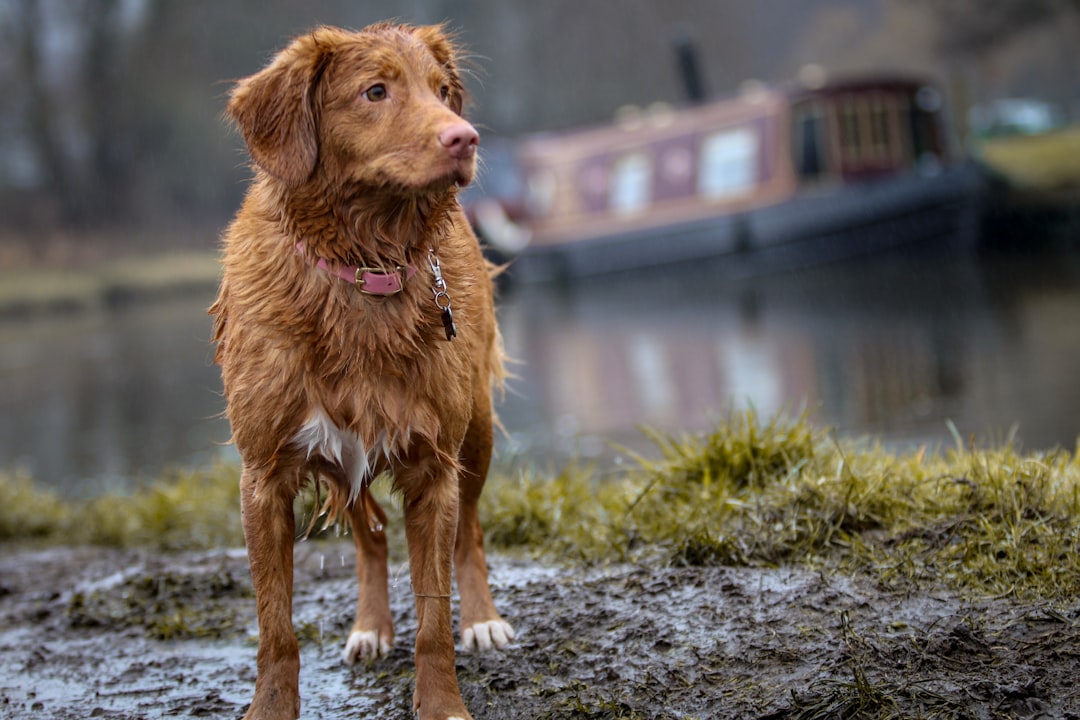
When it comes to safeguarding your fluffy friend, you’ve got options galore! Choosing the right dog fence is like picking the perfect snack—there are tons to choose from, and each has its unique flavor! Here’s a tasty rundown of the most popular types of dog fences:
- Traditional Wood/Fence Panels:
- Pro: Classic look, great for snooty aesthetics.
- Con: Expensive and can be a buffet for chewing dogs.
- Vinyl Fences:
- Pro: Low maintenance and super stylish.
- Con: Your dog might still attempt to stage an escape like a furry Houdini.
- Chain Link Fences:
- Pro: Durable and practical for larger yards.
- Con: Everyone can see your pup’s shenanigans—no private crime allowed!
- Electric Fences:
- Pro: Invisible and keeps your dog guessing.
- Con: Can leave some pups feeling like they’ve just touched the stovetop!
- Wireless Fences:
- Pro: Super easy to install and works on larger properties too!
- Con: May seem like a magic trick to your pup, but not every dog loves surprises.
Ultimately, pick a dog fence that fits your pet’s personality! Whether they’re a couch potato or a squirrel-chasing enthusiast, the right fence keeps them happy, safe, and out of the neighbor’s garden. 🐶✨
Choosing the Right Dog Fence for Your Pet
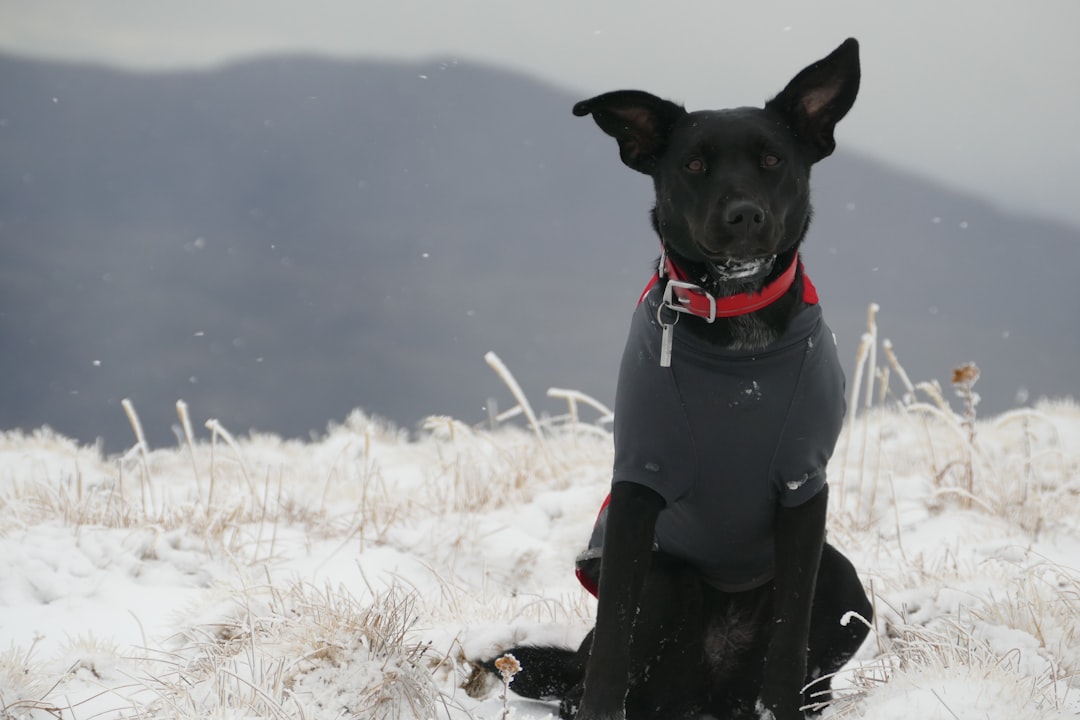
Choosing the right dog fence is like picking the perfect treat for your pup—it’s essential! With so many options available, you must consider your dog’s needs as well as your own backyard aesthetic (no judgment if you want a pink picket fence). Here’s a simple guide to help you decide:
Factors to Consider:
- Dog Size & Breed:
- Small breeds? Try a picket fence.
- Large dogs? Opt for a tall, sturdy structure.
- Energy Level:
- Couch potato? A low fence might suffice.
- Energetic sprinter? Go for something more robust!
- Yard Size:
- Small space? Use a compact design.
- Big yard? You need a strong runner—like a wireless or invisible dog fence.
Quick Comparison of Fence Types:
| Fence Type | Pros | Cons |
|---|---|---|
| Picket Fence | Classic look, good visibility | Not escape-proof for jumpers |
| Chain Link | Durable, affordable | Limited privacy |
| Electric Fence | Versatile boundary options | Requires training |
| Invisible Fence | Unobtrusive, aesthetically pleasing | Can misfire without proper training |
Remember, a secure dog fence keeps your furry friend safe and happy. Happy hunting! 🐾
Installation Tips for Dog Fences
Installing a dog fence can feel like a DIY project that takes a turn for the bizarre, but don’t fret! Let’s break it down with a sprinkle of humor and a dash of handy tips.
Here’s how to build your canine fortress:
- Choose Your Location Wisely:
- Avoid steep hills or your neighbor’s yard (unless you really want to give them a scare).
- Consider where your dog loves to roam. Focus on their happy zones!
- Gather Your Tools:
- You’ll need a shovel, stakes, a level, and possibly some snacks to keep morale high (for both you and your helper).
- Mark Your Area:
- Use flags or spray paint to outline your dog fence. Think of it as the template for your pup’s new playground.
- Get Your Measurements Right:
- Measure twice, dig once! Your dog will thank you for not creating an accidental moat.
- Follow Manufacturer Instructions:
- You bought the dog fence, right? So why not treat those instructions like the sacred text they are?
In just a few hours and a few dog treats later, you’ll have a robust dog fence that your furry friend can’t wait to explore! Remember, a well-installed dog fence equals a happy, safe pooch.
Maintaining Your Dog Fence
So, you’ve installed your dog fence. High paw! 🎉 But don’t just sit back and relax while Fido plots his escape. Maintaining a dog fence is crucial for keeping your furry friend safe and sound. Here are some easy-peasy tips to keep your dog fence in top shape:
- Inspect Regularly: Check for any gaps or loose boards. That little Houdini might find a way out, and your neighbors will not appreciate their morning briefings on “dog visionaries.”
- Trim the Vegetation: If your dog fence is surrounded by overgrown bushes or trees, it’s time for a trim! A tidy perimeter prevents crafty pups from using plants as a springboard for their great escape.
- Fix Damage ASAP: Signs of wear and tear? Don’t ignore them! A little patching can save you from a game of “catch me if you can” down the street.
- Add Extra Security: If your dog is a great escape artist, consider making your dog fence taller or adding anti-climb features. This isn’t a prison; it’s a palace for your pup!
Remember, a well-maintained dog fence equals a happier and safer pup! 🐕
Training Your Dog to Use the Fence
Ah, the joys of training your furry friend! Now that you have a dog fence set up, it’s time to embark on the great adventure of teaching your dog the rules of the yard. Training may sound like a chore, but with a sprinkle of humor and patience, you can turn it into a bonding experience. Here’s how to make it work:
- Start Slow: Introduce your pup to the dog fence gradually. Let them sniff it and explore their newfound kingdom!
- Use Positive Reinforcement: Treats, praise, and belly rubs will make your dog’s tail wag faster than you can say “dog fence.” Reward them when they stay in the confines like the good boy or girl they are!
- Supervised Play: Monitor your furry friend during initial playdates. If your dog starts acting like a contestant on “American Ninja Warrior,” gently redirect them back to safe haven.
- Teach Commands: Use commands like “stay” and “come” near the dog fence. This way, they’ll learn that the boundaries come with perks – treats and pats!
Remember, a well-trained dog is a happy dog, especially when they know their dog fence is as much their throne as it is their fortress!
Legal Considerations for Dog Fencing
Let’s face it; you want to keep your furry friend safe without landing in a legal mess! That’s why knowing the legal considerations for your dog fence is paramount. Here’s what you need to keep in mind, or risk some serious barking:
- Zoning Laws: Some neighborhoods have rules about fences—height, style, and even color! Be sure to check your local ordinances unless you want a neighbor playing the role of the neighborhood fence police.
- Property Lines: Know where your yard ends and your neighbor’s begins. A good ol’ dog fence can’t patrol the neighbor’s backyard without an invitation!
- Breed-Specific Legislation: Some areas have restrictions on specific breeds. Make sure your dog’s fence is not breaking any breed laws.
- Homeowner Association (HOA) Rules: If you live in an HOA community, they might have unique rules regarding the type of dog fence you can put up. Trust us, an HOA is not a fan of “creative” fence designs.
In summary, before unleashing your creativity with a dog fence, ensure you’re following the local leash rules! Because the only thing worse than a runaway dog is a disgruntled neighbor yelling at you. 🐕🦺
Enhancing Your Dog’s Environment with Fencing
When it comes to turning your backyard into a doggy paradise, a dog fence is more than just a boundary; it’s like a five-star resort for your furry friend! With the right setup, you can create an adventure park right at home. Here’s how you can enhance your dog’s environment with a dog fence:
- Designated Play Zones: Carve out areas for fetch, tug-of-war, or a mini obstacle course. Think of it as a doggy gym that keeps them fit and entertained.
- Safety First: A good dog fence keeps your pup secure from wandering onto the road, ensuring their adventures don’t end in tragedy.
- Visual Barriers: Combine your fence with some of your pup’s favorite plants or toys near the edge. It’s like providing a scenic view and an Instagram spot rolled into one!
- Training Opportunities: Use the fence to teach your dog boundaries. Incorporate training sessions while they roam free within their safe zone.
With a little creativity, your dog fence becomes a fluffy wonderland, where your pet can frolic in pure joy, while you sip coffee without worrying about an escape artist on the loose!
Frequently Asked Questions
What kind of dog fence should I get for my pup if they’re a digger?
Ah, the infamous digging dog! If your furry friend acts like they’re auditioning for a role in ‘The Great Escape,’ you might want to opt for an underground fence or a fence that’s embedded a good foot into the ground. Think of it as a security wall but with a fun twist! And don’t forget to reinforce the top as well – for when your little Houdini suddenly decides vertical is the new horizontal!
Are electric dog fences actually safe?
Electric dog fences, or as I like to call them, ‘Fences of Shock and Awe,’ can be a bit of a mixed bag! They’re like that friend who means well but can be a bit zappy! While they can keep your pet contained, it’s crucial to train your pup properly so they don’t end up looking like they’re auditioning for a horror movie every time they approach the boundary. Safety first – training second; ensure your pooch understands the invisible barrier without unnecessary drama!
What’s the most cost-effective dog fence option?
Ah, the eternal quest for a fence that won’t leave your wallet crying in the corner! Chain link fences are often the champions of budget-friendly options. They’re like the jeans on sale at your favorite store—affordable yet reliable! Just make sure to check the zoning laws so you’re not inadvertently creating a playground for your neighbor’s goats. Also, consider DIY options if you’re feeling adventurous; your inner carpenter might thank you!
How high should my dog fence be to keep my fur baby safely secured?
Ah, height – it’s not just for basketball players! A fence should ideally be at least four to six feet high to deter most canines, but remember, some of your furry friends might be part deer and think they can leap over anything less than Everest. When in doubt, measure your dog’s jumping abilities and add a few extra inches for good measure. Plus, add some spikes or decorative enhancements on the top, and you might just get a funky guard fence that even a giraffe would hesitate to hop over!

